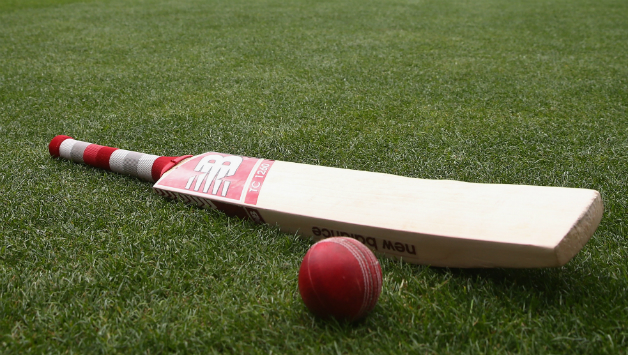How Long Does A Cricket Game Last?
Published - 19 Jan 2024, 12:59 PM | Updated - 23 Aug 2024, 12:25 AM

There’s an old joke that says nobody really understands cricket, which is completely understandable – with so many different formats and possibilities, it’s hard to give a definitive response even to as simple a question as how long a game lasts. The answer is anywhere from a few hours to even a week-long marathon!
Ultimately, cricket is as much a test of endurance as it is skill, which is just one of the many ways that it stands out against other sports. But what exactly makes it last so long in the first place, and how does it sometimes end up taking even longer?
Cricket Match Format & Influencing Factors
Several cricket match formats exist, each of which have different average playtimes:
- Test Cricket – If you’ve ever heard fans talk about the “purest” form of the game, they’re undoubtedly talking about Test Matches. Its history is rife with incredible duels that could only happen because of how long they typically run. For example, the longest
match-savings inning in cricket history was part of a 16-hour game, but longer is indeed possible.
- One-Day Internationals (ODI) – As the name suggests, these events are designed to complete within one day with both teams set to bowl 50 overs in just two innings. Most ODI matches last about seven hours.
- Twenty20 Internationals (T20I) – A shortened cricket format, T20 Internationals are a newer introduction that limits play to 20 overs. Both innings are 80 minutes each and have 20 minutes of break in between them, leading to a final average playtime of three hours.
Already, the basic structure of each type of cricket match allows for very different potential playtimes, and that’s before getting into all the other possible influencers.
Innings and Break Length
The most important factors governing cricket match length are how long each inning lasts, how many there are, and how long the breaks are in between.
In the case of T20 Internationals, two innings of 80 minutes each separated by a 20-minute break means you’ll see most matches last three hours. Compare that to ODI, which also has two innings but continues as long as it takes for the batting side to be “all out” or to complete the first side’s allotted overs – usually up to seven hours.
As for Test Matches? Well, it depends. Usually, play lasts between seven and eight hours over the course of five days, with each day including a minimum of 90 overs bowled. There are four innings, and both teams bat twice – unless, of course, any number of other factors occur.
Weather and Lighting Conditions
A clear, blue sky is always a blessing to batsmen, who can trust that the balls won’t waver unpredictably in the wind. Of course, the flip side is that bowlers prefer bowling under an overcast sky. Likewise, rain and humidity increase moisture on the field, slowing travelling speed for both ball and runners, leading to more favourable conditions for bowlers and longer games overall.
Playing under lights can also affect the ball swing for the same reason as it impacts the moisture level.
Strategic Timeouts
Teams can use limited timeouts to reassess their strategy and adapt to circumstances in the moment, and they last three minutes each. Though it may seem like a small amount, taking this quick breather can easily make the difference for an underdog. In fact, many betting sites outside the UK will even show favourable odds for teams who have successfully utilised these techniques in the past.
Field Restrictions
Certain types of matches have restrictions imposed on them, whether to discourage a certain bowling tactic or to encourage riskier swings from batsmen. Test Cricket matches usually have more relaxed restrictions compared to ODI events, but they can both end up with longer or shorter games with them in place.
Stop-Clock Rule
Cricket’s stop-clock rule is another important potential factor that changes the overall playtime. The ICC’s recent rule endeavours to expedite international play, restricting how much time occurs between overs. Not only must players be ready to bowl sooner, but it will mean fewer breaks overall for everyone.
Cricket: A Game Of Indefinite Possibility
Given the myriad of different components that can influence the length of a cricket match, it would perhaps be more honest to call it a dynamic experience rather than refer to a static timeframe. Not only does the format govern the possible range, but weather, timeouts, and other strategic elements all add complex layers to the calculation.
Still, despite all these variables, cricket is undoubtedly beloved by fans because of its unpredictability rather than in spite of it. So whether you’re planning your day around a match or hoping to strategize your next bet, understanding all the potential influencers in a game of cricket can help you appreciate the sport all the more.












